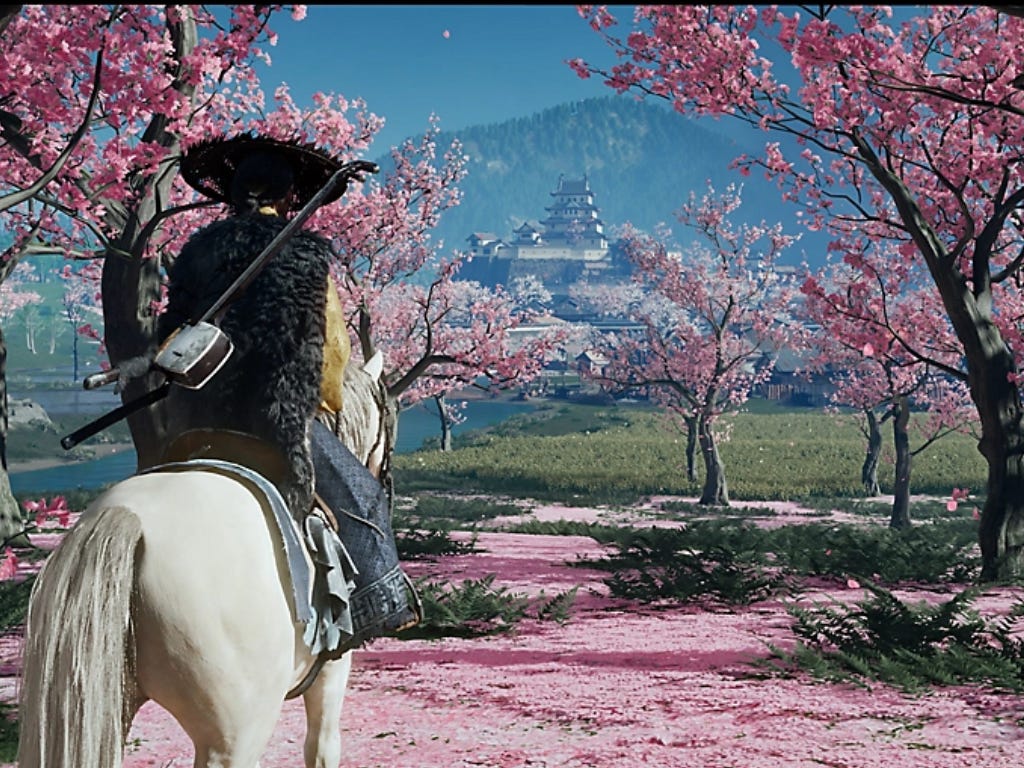Weekend Watch: Samurai Champloo
Revisiting the anime after playing Ghost of Yotei.
Last month, Ghost of Yōtei was finally released. The highly-anticipated sequel to 2020’s Ghost of Tsushima, one of the best early games that demonstrated what the PlayStation 5 could do. Set in the era of feudal Japan, the video game series does all it can to immerse players in an antiquated open world, combining a compelling story with challenging swordplay and a Souls-like difficulty that will have even the most seasoned gamers wearing out the parry button on their controllers.
Going further, Ghost of Tsushima even channeled some of the media that influenced it, including a “Kurosawa mode” that applied a grainy, black-and-white filter over the game, and changing the default audio to subtitled Japanese. The result makes the game feel more like you’re watching The Hidden Fortress or Seven Samurai.
For the sequel, Ghost of Yōtei kept the Kurosawa mode option, but added two more homages to similarly influential Japanese directors. “Miike mode” channels the brutally visceral work of Takashi Miike, known for emphasizing gore and dirt in his films.
If you need proof, look no further than his pretty amazing live-action adaptation of the samurai manga Blade of the Immortal. The game ups the ante with the saturation and amount of mud and blood spilled in the world, as well as some pretty gruesome dismemberment.
But perhaps the most interesting mode added is “Watanabe mode,” which is meant to pay homage to Shinichirō Watanabe. Known as an anime auteur, he has built his canon by combining his appreciation for very specific music genres with seemingly discordant stories and environments, taking something that could seem anachronistic but making it work seamlessly.



